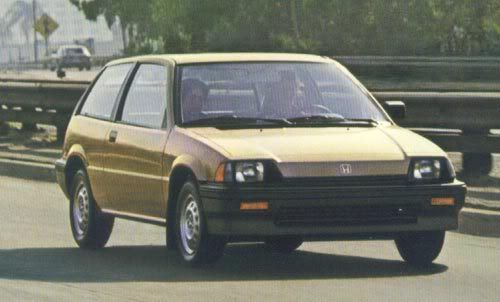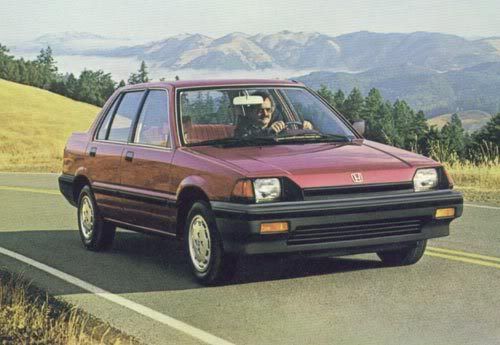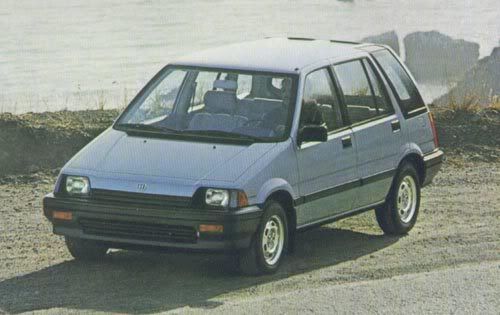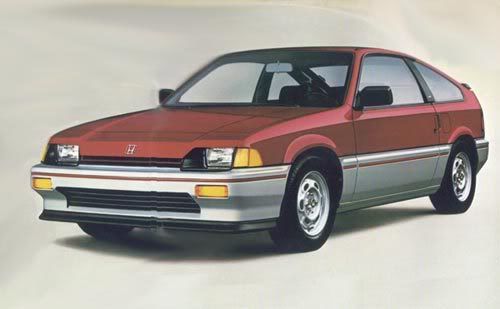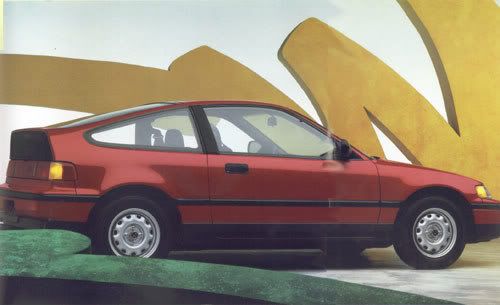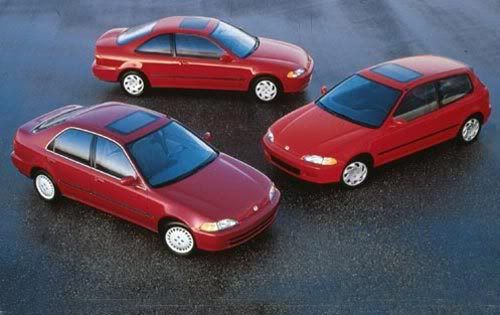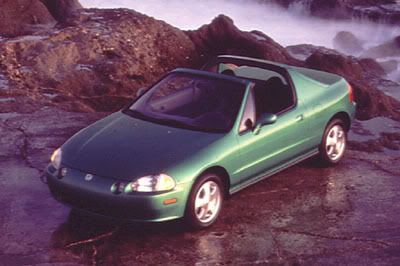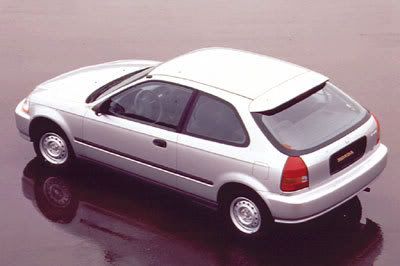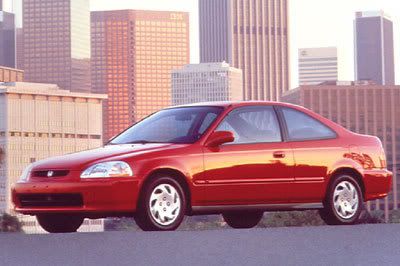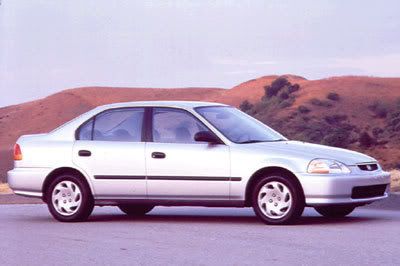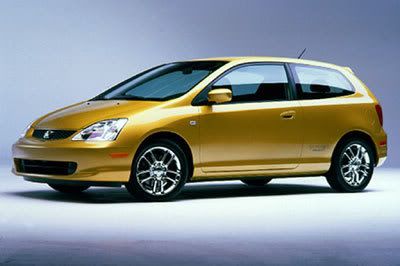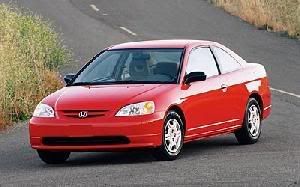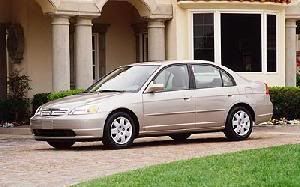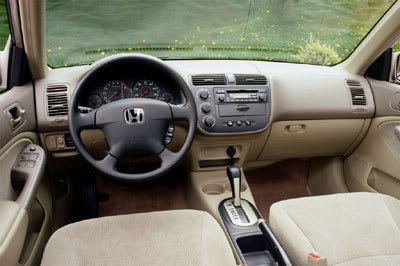Civic History...part I
1973-1979 1st Gen
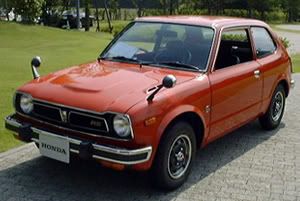
Prior to 1973, Honda was a company known more for its motorcycles than for its cars, which were tiny two-cylinder 600cc runabouts. This changed when the Civic debuted for 1973.
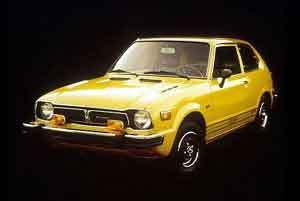
The Civic offered amazing space efficiency in a fun little car that achieved more than 40 mpg on the highway. Room for four passengers was quite a feat for a car that possessed such diminutive dimensions as an 86.6-inch wheelbase and 139.8-inch overall length. A small transversely mounted engine and front-wheel-drive layout (an arrangement that was something of a novelty to the American car market) and 12-inch wheels maximized interior room. Indeed, early ads for the Civic boasted that it had more passenger room than many larger cars. Two similar body styles were available, a hatchback and a "sedan." These Civics were identical, even the rear of the cars looked the same, except that one had a hatchback and the other had a small vertical panel that opened to allow access to the "trunk." The early Civic had a few style quirks, such as turn signal lights that looked as if they were added on after the car was already built and a bulging center divider in the grille. Standard equipment included power front disc brakes, vinyl seating, reclining bucket seats and a woodgrain-accented dashboard. The hatchback added a fold-down rear seat, an AM radio and cloth upholstery. Options were minimal, consisting of air conditioning, an automatic transmission, radial tires and a rear wiper for the hatchback.
A 1,169cc (or about 70-cubic-inch) inline four-cylinder engine motivated the first-year Civic and put out 50 horsepower. This was an impressive output when considered in terms of power per unit of displacement: The Civic had 0.71 horsepower per cubic inch. And with a weight of only around 1,500 pounds, a whole lot of power wasn't needed to propel the Civic. Transmissions offered included a four-speed manual or a two-speed "Hondamatic" automatic gearbox. An all-independent suspension made the Civic an agile econobox that could run circles around American-built competitors like the Ford Pinto and Chevrolet Vega.
The Civic's base price was around $2,200 and Honda's early slogan, "It will get you where you're going," emphasized the practical and economical mission of the Civic and made no pretenses otherwise.
For 1974, the Civic's engine size grew slightly, to 1,237 cc and power went up to 52 horsepower. In order to meet the new 5-mph bumper impact standard, the Civic's bumpers grew, as did its overall length, which was now 146.9 inches.
The CVCC (or Controlled Vortex Combustion Chamber) engine debuted in 1975.
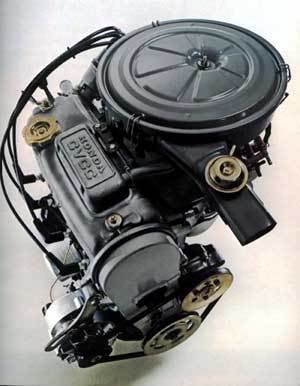
Offered alongside the standard Civic engine, the 53-horsepower CVCC engine displaced 1,488 cc and had a head design that promoted cleaner, more efficient combustion. The CVCC design eliminated a need for a catalytic converter or unleaded fuel to meet emissions standards. (Nearly every other U.S. market car for this year underwent the change to exhaust catalysts and the requirement to use only unleaded fuel.) Due to California's stricter emissions standards, only the Civic CVCC was available in that state. A five-speed manual gearbox became available this year, as did a Civic station wagon (only with the CVCC engine), which had a wheelbase of 89.9 inches and an overall length of 160 inches. Civic sales topped 100,000 units for this year.
1978 brought slight cosmetic changes, such as a black grille, rear-facing hood vents (that replaced the sideways versions) and new turn signals. The easiest way to tell a '78 from an earlier example is to look at the front signals: Prior to 1978, they looked like foglights mounted in the Civic's grille, whereas in 1978 they were smaller and mounted under the bumper. The CVCC engine was now rated at 60 horsepower.
Apart from a minor increase in horsepower that brought the base engine to 55 horsepower and the CVCC to 63 ponies, little changed for the 1979 Civic.
1980-1983 2nd Gen
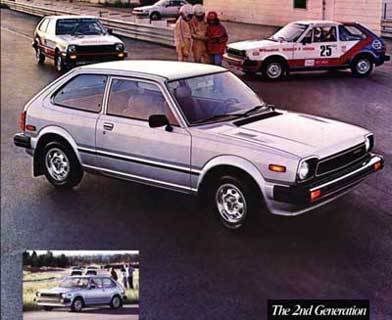
A new, sleeker body and increases in wheelbase and base-model engine size marked the 1980 Civic. The wheelbase now measured 88.6 inches for the hatchback (the two-door "sedan" was dropped) and 91.3 inches for the wagon. All Civic engines now used the CVCC design; the base 1,335cc ("1300") engine made 55 horsepower, while the 1,488 ("1500") produced 67 horsepower.
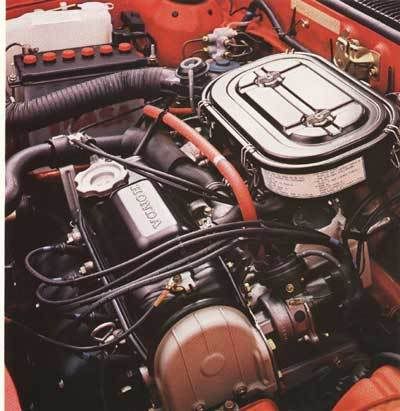
Three transmissions were offered: a four-speed manual (on base models), a five-speed manual and a two-speed automatic.
The Civic 1300 and 1500 came in base and DX versions,
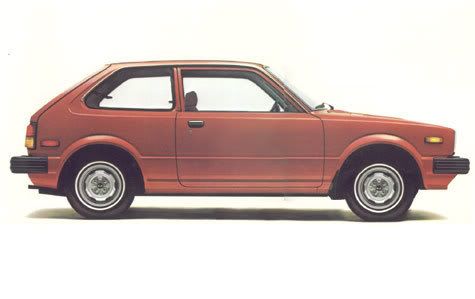
and the latter featured a five-speed manual, rear window defroster, intermittent wipers and a cigar lighter. The 1500 GL added radial tires, a rear window wiper/washer, tachometer, clock and bodyside moldings. The Civic wagon came in a single version that was tantamount to the DX trim level.
A four-door sedan debuted for 1981,
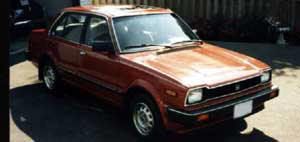
as did a three-speed automatic transmission that replaced the primitive two-speed unit.
Rectangular headlamps and black bumpers appeared on the 1982 Civic.
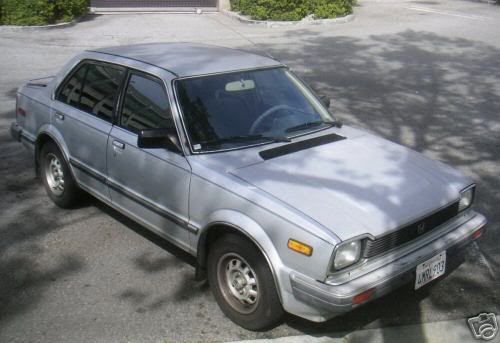
A new gas-sipping model, the five-speed "FE" (Fuel Economy) was introduced and was rated at 41 mpg in the city and 55 mpg on the highway.
The sporty new Civic "S"
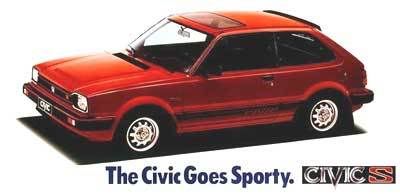
replaced the 1500 GL in 1983 and was fitted with a firmer suspension (with rear stabilizer bar) and 165/70R13 Michelin tires. A red accent encircled the S and set it apart from the other Civics.



